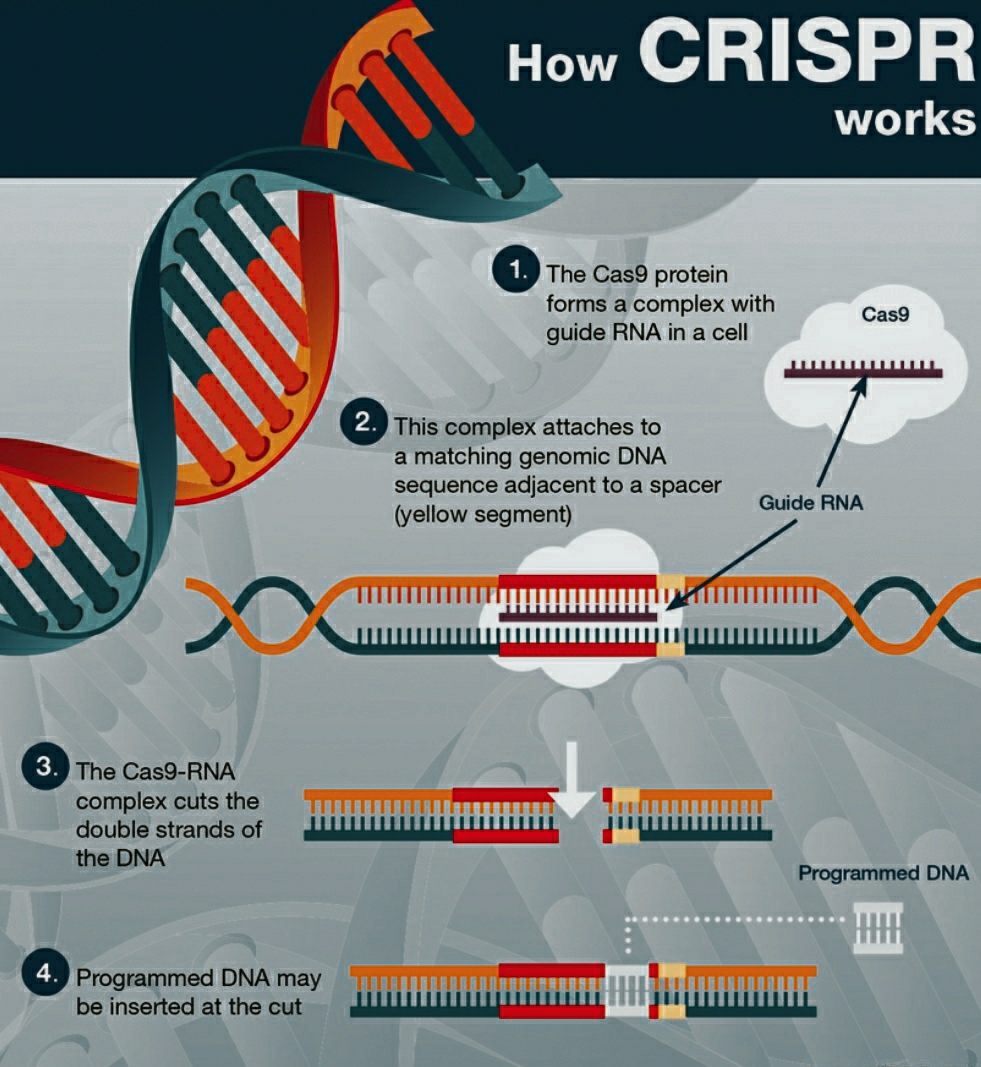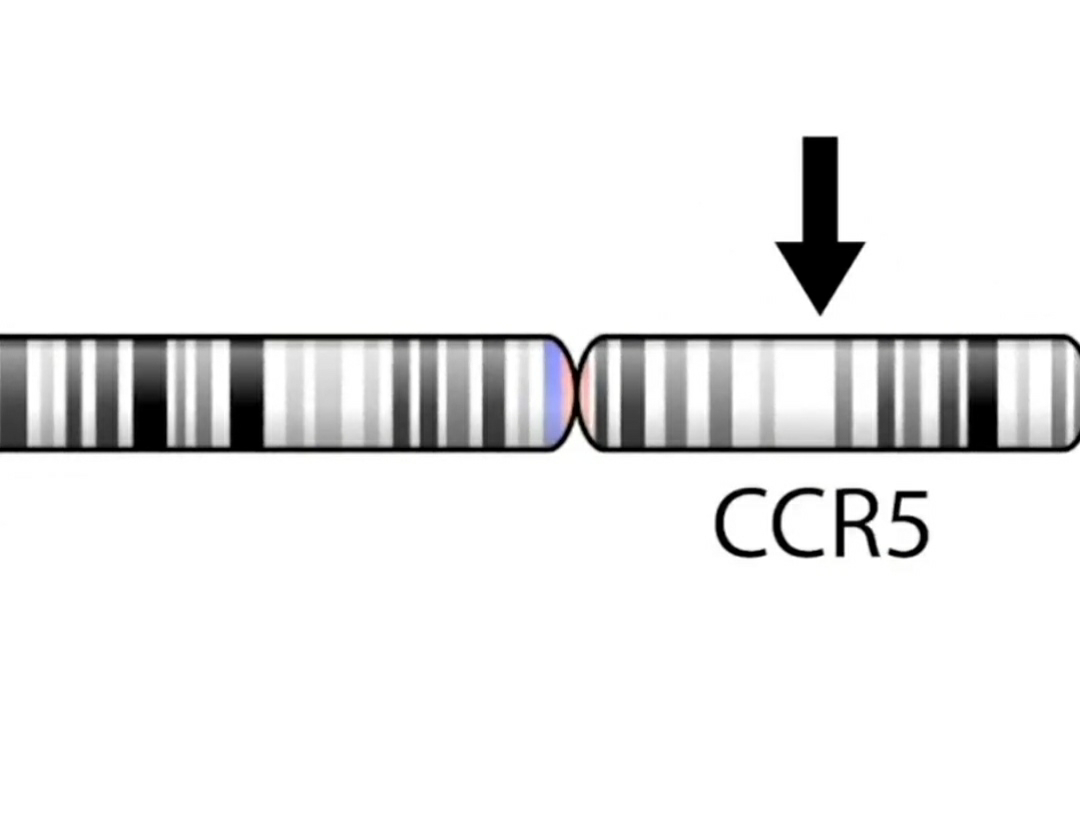CRISPR relies on two key components: a guide RNA that directs the molecular scissors, called Cas9, to the specific location in the genome, and the Cas9 protein that acts as the molecular scissors to cut the DNA at the desired spot. This precise cutting initiates repair mechanisms within the cell, allowing for gene insertion, deletion, or alteration.
The development of CRISPR technology has sparked immense excitement due to its wide-ranging applications, from advancing medical research and potential treatments for genetic disorders to enhancing agricultural practices and even environmental conservation efforts.
However, while CRISPR offers promising potential, ethical concerns regarding its application in humans, potential off-target effects, and unintended consequences remain subjects of rigorous debate and ongoing research.
For more in-depth information and references on CRISPR technology, you can explore these reputable sources:
National Human Genome Research Institute (NHGRI) - CRISPR/Cas9
Nature - CRISPR in Nature
ScienceDirect - CRISPR Technology
These resources provide comprehensive insights into CRISPR technology, its applications, challenges, and the latest developments in the field.
CCR5 GENE :- The CCR5 gene encodes instructions for a protein receptor found on the surface of certain immune system cells. This receptor plays a role in cell signaling and is particularly known for its involvement in HIV infection.
Another experiment :- by josiah Zayer Experiment
Josiah Zayner is known for his work in the field of biohacking and DIY biology. He gained attention for conducting various self-experiments and demonstrations, such as publicly injecting himself with a gene-editing tool (CRISPR) to disable a gene associated with myostatin in his muscles, with the aim of increasing muscle mass.
Zayner's actions sparked debates and discussions within the scientific community about the ethics, safety, and regulatory aspects of self-experimentation, especially in the context of gene editing and biohacking.
निश्चित रूप से! सीआरआईएसपीआर (क्लस्टर्ड रेगुलरली इंटरस्पेस्ड शॉर्ट पैलिंड्रोमिक रिपीट) तकनीक एक क्रांतिकारी जीन-संपादन उपकरण है जो विभिन्न जीवों के आनुवंशिक कोड के भीतर सटीक संशोधन की अनुमति देता है। यह तकनीक वायरस के खिलाफ बैक्टीरिया के प्राकृतिक रक्षा तंत्र का उपयोग करती है, जिससे वैज्ञानिकों को डीएनए में लक्षित परिवर्तन करने में मदद मिलती है।
सीआरआईएसपीआर दो प्रमुख घटकों पर निर्भर करता है: एक गाइड आरएनए जो आणविक कैंची, जिसे कैस9 कहा जाता है, को जीनोम में विशिष्ट स्थान पर निर्देशित करता है, और कैस9 प्रोटीन जो वांछित स्थान पर डीएनए को काटने के लिए आणविक कैंची के रूप में कार्य करता है। यह सटीक कटिंग कोशिका के भीतर मरम्मत तंत्र शुरू करती है, जिससे जीन सम्मिलन, विलोपन या परिवर्तन की अनुमति मिलती है।
सीआरआईएसपीआर प्रौद्योगिकी के विकास ने इसके व्यापक अनुप्रयोगों के कारण अत्यधिक उत्साह पैदा किया है, जिसमें चिकित्सा अनुसंधान को आगे बढ़ाने और आनुवंशिक विकारों के संभावित उपचार से लेकर कृषि पद्धतियों को बढ़ाने और यहां तक कि पर्यावरण संरक्षण के प्रयासों तक शामिल है।
हालाँकि, जबकि CRISPR आशाजनक क्षमता प्रदान करता है, मनुष्यों में इसके अनुप्रयोग के संबंध में नैतिक चिंताएँ, संभावित ऑफ-टारगेट प्रभाव और अनपेक्षित परिणाम कठोर बहस और चल रहे शोध का विषय बने हुए हैं।
सीआरआईएसपीआर प्रौद्योगिकी पर अधिक गहन जानकारी और संदर्भों के लिए, आप इन प्रतिष्ठित स्रोतों का पता लगा सकते हैं:
राष्ट्रीय मानव जीनोम अनुसंधान संस्थान (NHGRI) - CRISPR/Cas9
प्रकृति - प्रकृति में CRISPR
साइंसडायरेक्ट - सीआरआईएसपीआर टेक्नोलॉजी
ये संसाधन सीआरआईएसपीआर प्रौद्योगिकी, इसके अनुप्रयोगों, चुनौतियों और क्षेत्र में नवीनतम विकास में व्यापक अंतर्दृष्टि प्रदान करते हैं।










.jpg)


0 Comments